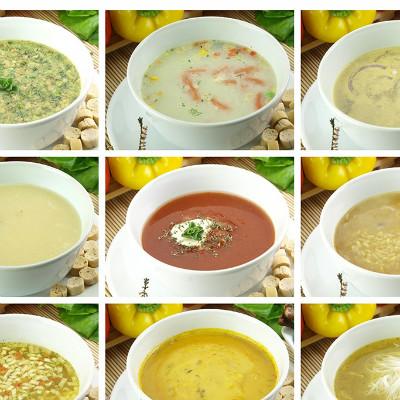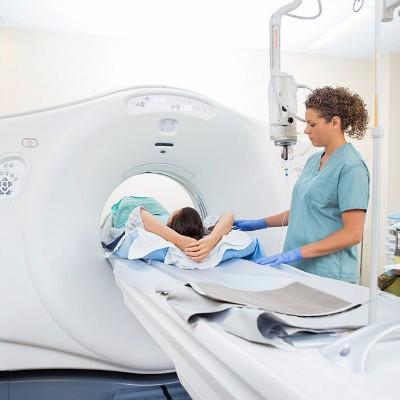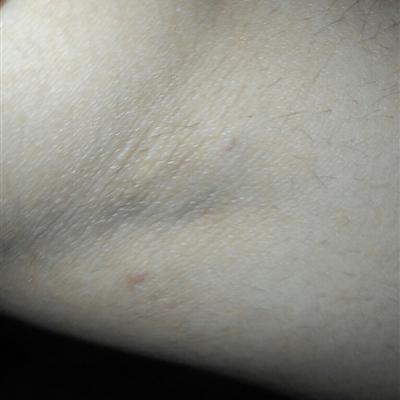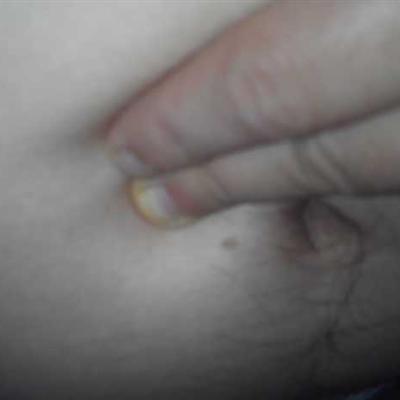What kinds of erosive gastritis can be divided into
summary
Usually young people don't pay attention to their eating habits, so many people will suffer from erosive gastritis. Let me share with you what kinds of erosive gastritis can be divided into.
What kinds of erosive gastritis can be divided into
First, erosive gastritis is divided into acute erosive gastritis and chronic erosive gastritis. Severe diseases such as severe trauma, large area burn, sepsis, intracranial lesions, shock and failure of important organs are common causes of acute erosive gastritis.
Second, acute erosive gastritis, also known as bleeding erosive gastritis, bleeding gastritis, etc., in recent years collectively referred to as acute gastric mucosal lesions. In the course of primary disease, upper gastrointestinal bleeding occurred suddenly, presenting as hematemesis and melena. Melena alone is rare,
Third, chronic erosive gastritis, also known as Verrucous Gastritis or pox rash gastritis, generally only after meals full, acid, belching, irregular abdominal pain and dyspepsia and other symptoms. Most of the symptoms were nonspecific dyspepsia, such as epigastric pain, acid reflux, postprandial fullness, loss of appetite and so on. Not timely treatment can lead to peptic ulcer, and even upper gastrointestinal bleeding.
matters needing attention
Patients with erosive gastritis must eat less and more meals. In fact, they must chew slowly when they eat. They should not eat too much and too full to avoid excessive expansion of the gastric antrum and increase the secretion of gastric acid. Erosive gastritis patients should avoid alcoholic drinks, strong tea, coffee and other irritant drinks and spicy spices such as pepper, mustard. Avoid high-fat, irritating food: high fat food, wine, sugar, chocolate will relax the sphincter, causing reflux, so if you have heartburn symptoms, you should avoid these foods, but also avoid raw, cold, spicy and other irritating food.










